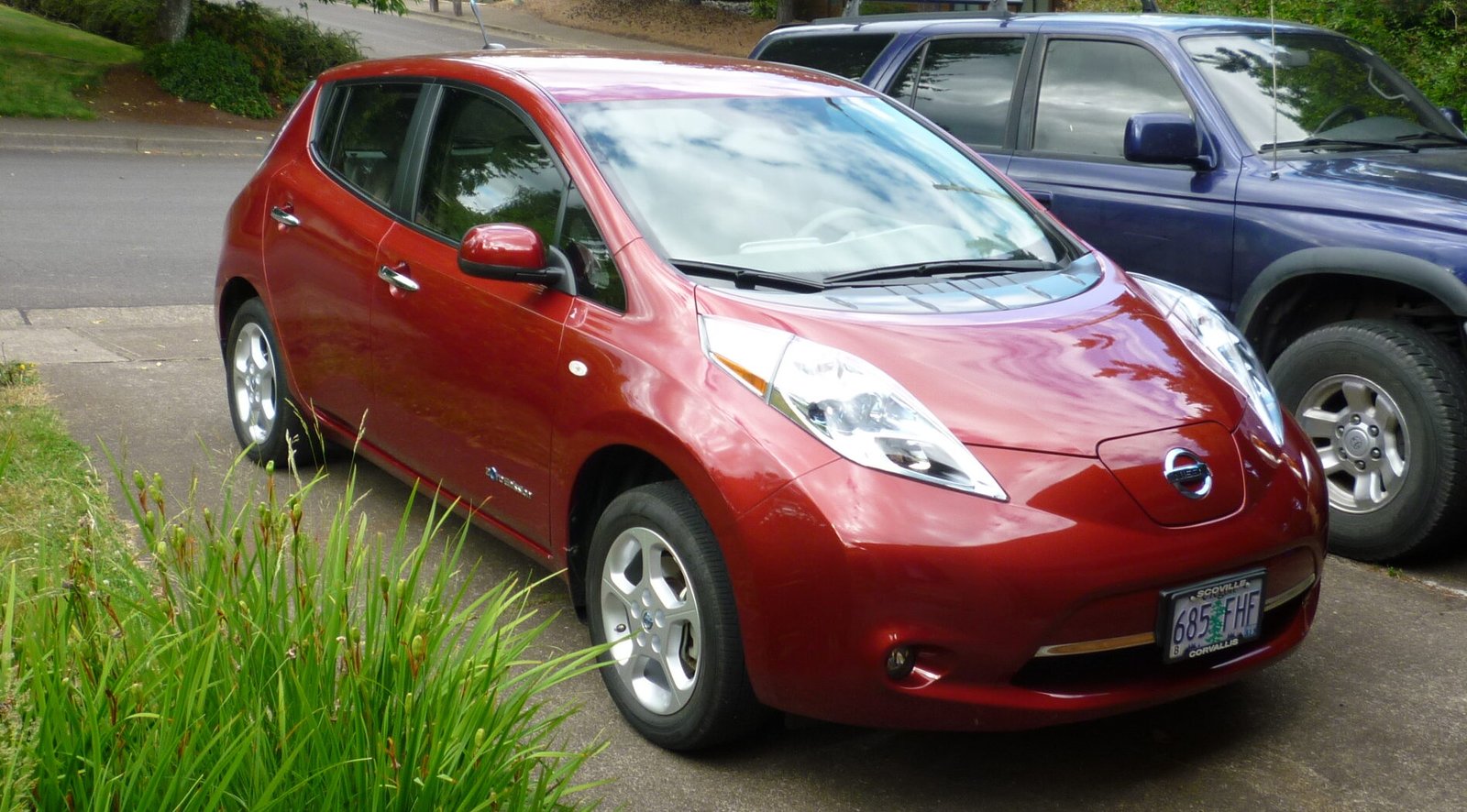
Most fossil fuel energy is wasted–New analysis shows how to fix this!
With catastrophic fires again raging in California and hurricane Laura devastating the Gulf Coast, the urgency of the climate crisis is painfully clear. You may wonder if it’s too late to do anything meaningful to avert climate chaos. A recent analysis finds we can still eliminate 70-80% of US carbon emissions by 2035 with existing technologies and tools, getting this country on a 1.5° C pathway while creating millions of jobs and lowering energy costs. And this isn’t some fly-by-night study: it was done by MacArthur Genius grant recipient Saul Griffith and colleagues, after analyzing all the available data on how energy is used in the US.
This report, published by “Rewiring America,” shows how the US can quickly and fully decarbonize our economy with proven technologies and existing resources. David Roberts, writing about the report in Vox, describes it’s findings as “oddly optimistic.” Here are the major bombshells, as summarized by Roberts:
“In a nutshell, (the analysis shows) that it’s possible to eliminate 70 percent to 80 percent of US carbon emissions by 2035 through rapid deployment of existing electrification technologies, with little-to-no carbon capture and sequestration. Doing so would slash US energy demand by about half, save consumers money, and keep the country on a 1.5° pathway without requiring particular behavior changes. Everyone could still have their same cars and houses–they would just need to be electric.”
How is this possible? First, burning fossil fuels for energy is incredibly wasteful. Electric motors are much more efficient at converting energy into useful work. So much more efficient, in fact, that electrifying everything would cut US energy demand in half, according to Rewiring America’s report. Second, our clean energy technologies have advanced to the point where we can use them to get most of the way to full decarbonization. The five key existing and well-proven technologies we need, according to Griffith’s work, are wind and solar power plants, rooftop solar, electric vehicles, heat pumps, and batteries.
Of course, in order to get on this 1.5° C pathway, we have to commit, and mobilize on a scale we haven’t done since World War II. Such a mobilization would ramp up clean energy and electrification as fast as possible. Within 3 to 5 years, we need to increase our electricity grid three to four fold, our EV production four fold, our wind turbines 12 fold, and our solar modules 12 fold. Then, after this initial period of mobilization, every time a diesel or gas car gets replaced, it has to be with an EV. Every time an oil or gas furnace goes out, it is replaced with a heat pump, and so on. Talk about a green recovery jobs program!
Two other gems I want to mention from this report: First, the benefits of following this plan are extraordinary even without the potential to protect a climate compatible with human societies thriving. Clean air, good jobs, cheaper energy, quieter roads and cities, and on and on. Second, this analysis doesn’t rely on, or even consider, the carbon emissions that are possible with traditional efficiency measures such as insulating buildings, double-glazing windows, driving less, or downsizing homes. Adding any of these would only increase our chances of decarbonizing in time to do our part to get on a 1.5° C pathway and protect a livable climate.
If you want to dig deeper into this, Saul Griffith has updated and expanded his findings and published Electrify: An Optimist’s Playbook for our Clean Energy Future. What this compelling work shows is that it’s still within our capabilities to tackle the climate crisis while creating a green jobs boom and a safer healthier future. If you needed any more motivation to help elect climate champions this November, maybe this will be it.




Lorraine Anderson
August 29, 2020 at 4:26 pmWell, this IS encouraging! I like the simplicity of the concept. Thanks for sharing this, Carla. You rock the world!